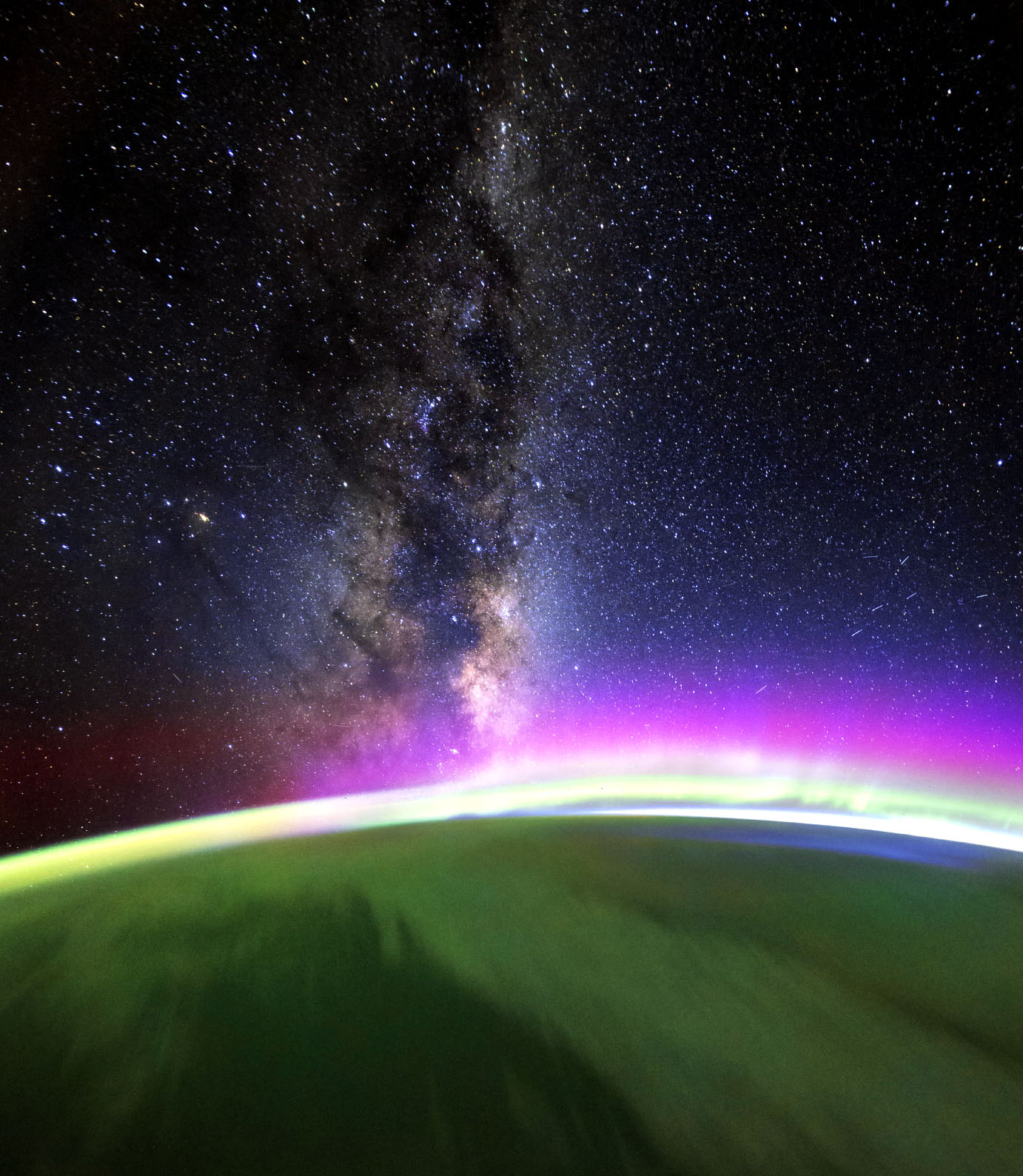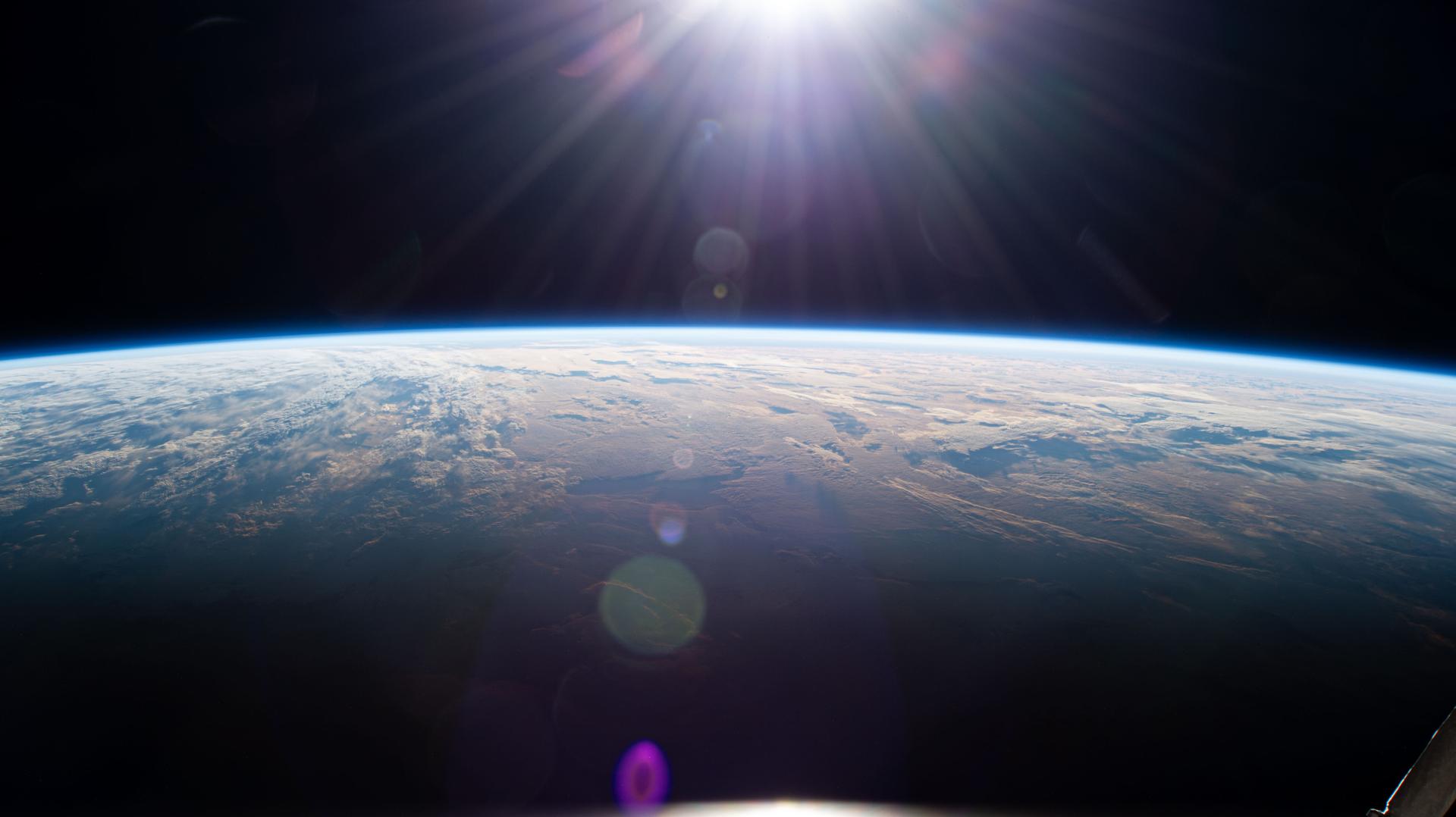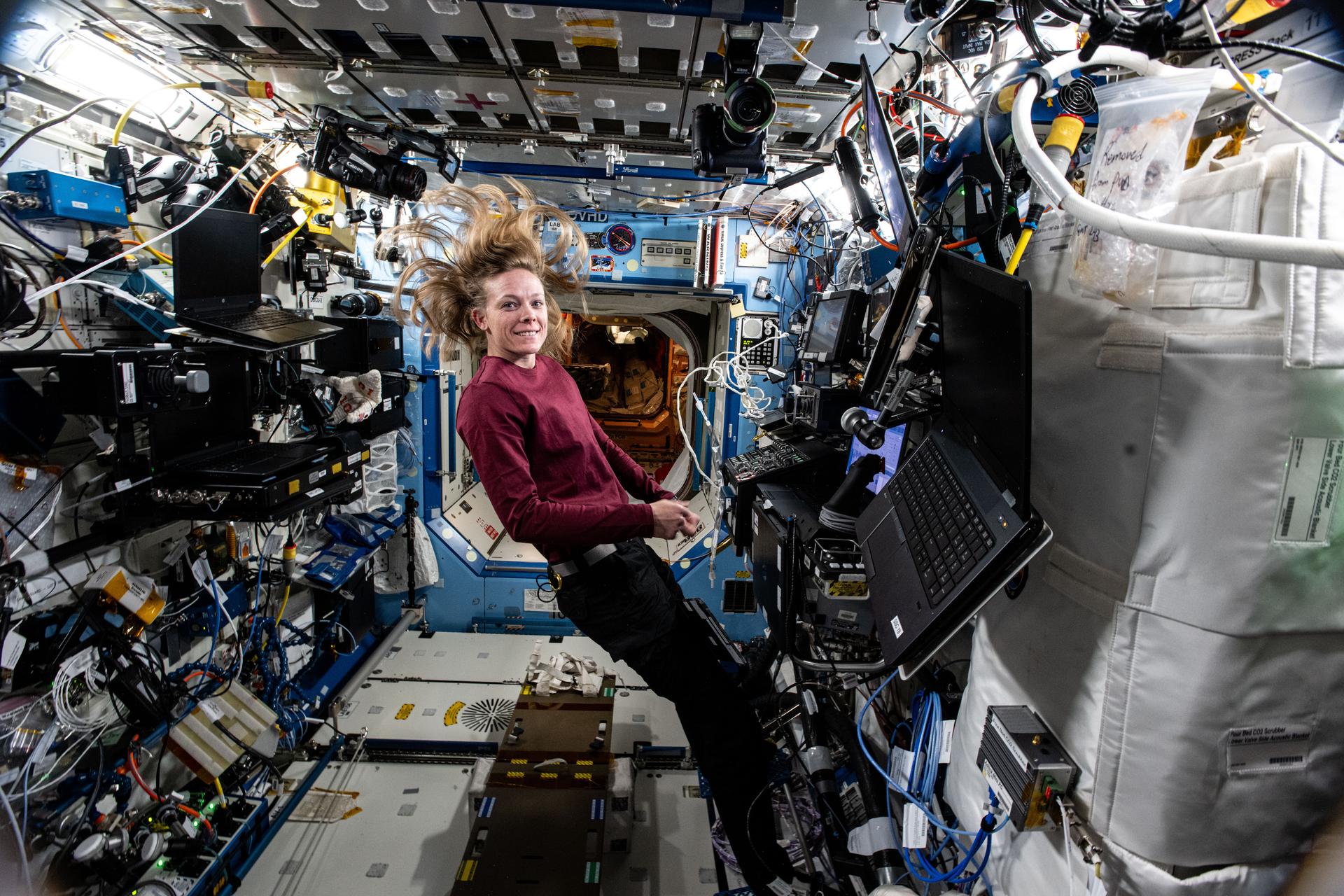Space Biology Kicks Off Workweek as Crew Packs Dragon
The Expedition 73 crew kicked off the work week studying space biology to learn how to counteract the effects of weightlessness on the human body. The International Space Station residents are also packing the SpaceX Dragon cargo spacecraft for its departure this week and practicing using the European robotic arm.
NASA Flight Engineers Jonny Kim and Anne McClain spent all day Monday testing a thigh cuff that may prevent the space-caused, upward flow of blood and other fluids toward a crew member’s upper body. Common symptoms include head and eye pressure, as well as the notable “puffy face.” Kim wore the thigh cuff as McClain measured his blood pressure and scanned his vessels using the Ultrasound 2 device. Doctors on the ground monitored in real time the effectiveness of the biomedical hardware to learn how to protect an astronaut’s eye structure and vision.
Roscosmos Flight Engineers Sergey Ryzhikov and Alexey Zubritsky started their day wearing sensors measuring their exhalation rate following a deep breath helping doctors understand how microgravity affects the respiratory system. Next, Ryzhikov swapped neon gas bottles for argon gas bottles for the Plasma Crystal-4 space physics study investigating complex plasmas, or low-temperature gaseous mixtures such as ionized gas, neutral gas, and micron-sized particles. Zubritsky conducted a photographic inspection inside the Zvezda service module.
Commander Takuya Onishi from JAXA (Japan Aerospace Exploration Agency) joined NASA Flight Engineer Nichole Ayers inside Dragon loading cargo ahead of its undocking scheduled for 12:05 p.m. EDT on Thursday with NASA+ live coverage beginning at 11:45 a.m. They will finalize cargo packing on Wednesday when the crew installs time critical, sample-packed portable science freezers inside Dragon for analysis back on Earth.
Onishi also processed protein crystal samples inside the inside the Advanced Space Experiment Processor-4 to learn how to synthesize medications during deep space missions. Ayers photographed Onishi during his science activities then joined McClain at the end of the day for a hearing exam.
Roscosmos Flight Engineer Kirill Peskov trained to use the European robotic arm (ERA) using a computer interface inside the Nauka science module. ERA and Nauka both launched on July 21, 2021, inside a Proton rocket from Kazakhstan’s Baikonur Cosmodrome. Nauka with the ERA attached autonomously docked to Zvezda’s Earth-facing port on July 29.
Learn more about station activities by following the space station blog, @space_station and @ISS_Research on X, as well as the ISS Facebook and ISS Instagram accounts.
Get the latest from NASA delivered every week. Subscribe here: https://www.nasa.gov/subscribe
Powered by WPeMatico
Mark A. Garcia








